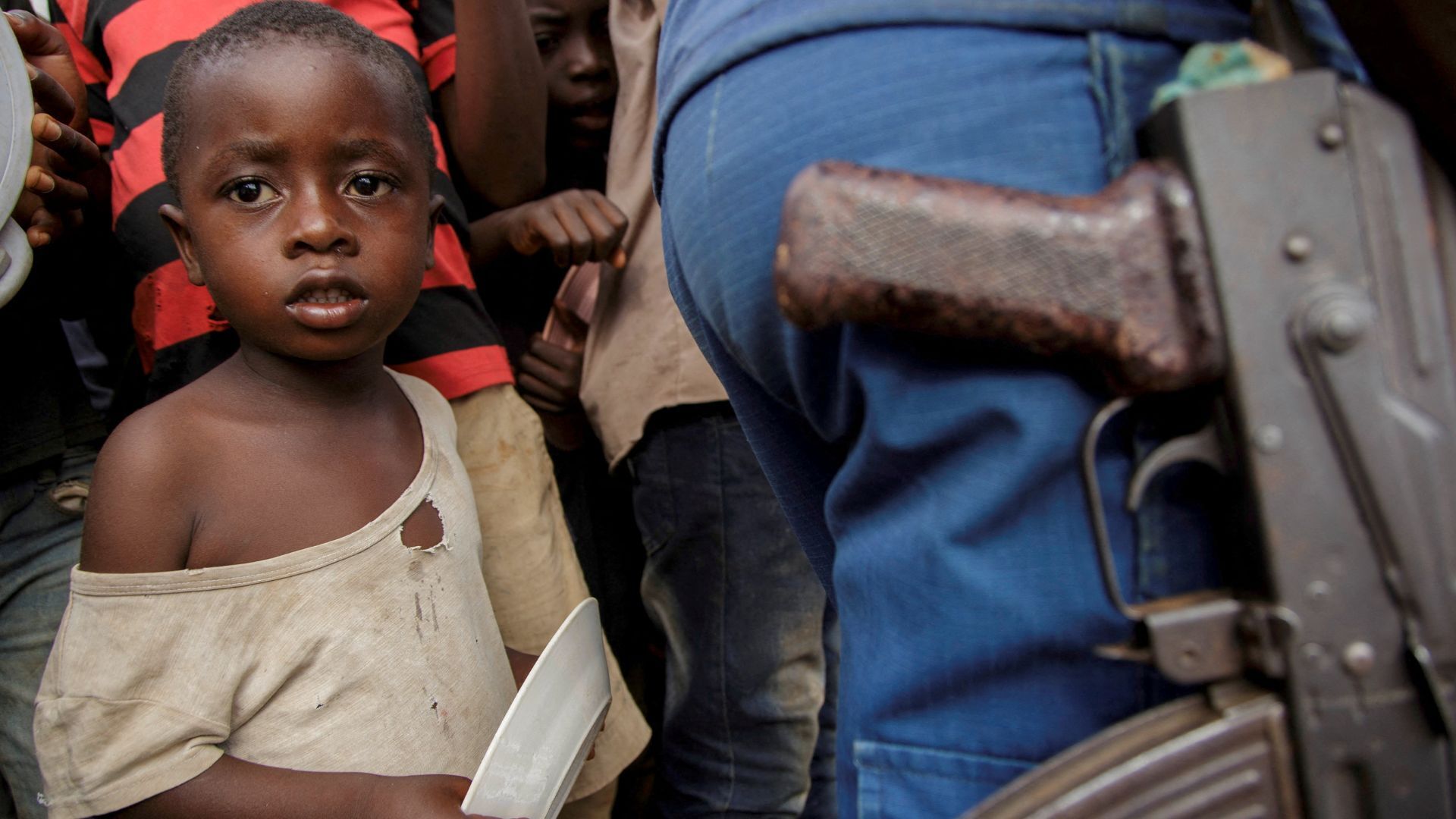Africa
What can stop M23 advance in Democratic Republic of the Congo?

The Deepening Conflict in the Democratic Republic of the Congo: Understanding the Crisis
Fighting Intensifies in the East
The Democratic Republic of the Congo (DRC) is grappling with an escalating conflict in its eastern regions, marked by intensifying violence and faltering diplomatic efforts. At the heart of this turmoil is the M23 rebel group, supported by Rwanda, which has been advancing across North and South Kivu, displacing thousands and heightening regional tensions. This conflict is not an isolated incident but rather a resurgence of historical tensions rooted in ethnic and political grievances. The M23 group, a revival of a 2012 movement, claims to represent the interests of the Tutsi community in the DRC, supported by Rwanda, which denies direct involvement despite allegations.
The historical context of the DRC’s conflicts is crucial, with past struggles over resources and land contributing to the current instability. The M23’s resurgence signals broader regional dynamics, with Rwanda’s involvement stemming from long-standing disputes over borders and ethnic affiliation. The failure of past peace agreements and the volatile political landscape have set the stage for the current escalation.
The Advance of the M23 Rebels
The M23 rebels have made significant strides, capturing key towns such as Bunagana and Rutshuru, and are closing in on the strategic city of Uvira, a critical transit point near Lake Tanganyika. Their advance has led to widespread displacement, with over 170,000 people forced to flee, many seeking refuge in already strained camps. These IDPs face dire conditions, with inadequate shelter, food, and healthcare, as reported by NGOs.
Expert insights highlight the rebels’ tactical acumen, utilizing guerrilla warfare and inteligencia networks for their advances. Civilians bear the brunt, facing forced recruitment and sexual violence, with the Congolese military often ill-equipped to respond effectively. Such tactics underscore the rebels’ strategic objectives and the broader implications for regional security.
Regional Involvement and Risks
The conflict’s regional dimension is significant, with Uganda, Burundi, and South Africa playing roles that complicate diplomacy. Uganda’s support for the M23, despite denials, is linked to countering insurgent groups like the ADF. Burundi, meanwhile, fears spillover into its own territory, while South Africa’s involvement as a peacekeeping contributor adds another layer to the crisis.
The involvement of these nations raises the stakes, with the potential for the conflict to spill across borders, destabilizing the region. Trade disruptions and resource competition, particularly over the DRC’s mineral wealth, including coltan and cobalt, add economic dimensions to the conflict. Without concerted international action, the situation could deteriorate into a regional war, with far-reaching consequences.
Kinshasa Under Threat
The push towards Uvira by the M23 rebels has sparked fears of an eventual advance on Kinshasa, the capital, 1,000 miles west. While such a direct threat seems distant, the psychological impact on Kinshasa is palpable, with anxieties escalating among residents and political elites alike.
Strategically, Uvira’s capture would grant the rebels a foothold near Burundi and Tanzania, enhancing their logistical and supply capabilities. The DRC military’s limitations in countering such threats leave the capital vulnerable. The implications of this scenario are profound, potentially leading to a government collapse and a power vacuum, with catastrophic consequences for the nation.
The Human Cost of the Conflict
The human toll of the conflict is severe, with millions affected by displacement, food insecurity, and healthcare shortages. Personal stories of loss and resilience abound, as communities struggle to survive amidst violence. The emotional and psychological trauma, particularly among children, cannot be overstated, with long-term societal impacts.
The disruption of essential services, including education and healthcare, exacerbates the crisis. Economic activities grinding to a halt in conflict zones deepen poverty and inequality, further entrenching instability. The international community must prioritize humanitarian aid to mitigate this suffering and support recovery efforts.
A Way Forward?
Addressing the crisis requires a multifaceted approach, commencing with robust international intervention. Diplomatic efforts must be revitalized, possibly through a new peace framework involving regional actors and global powers. Economic sanctions against state and non-state actors violating peace could be pivotal.
Enhanced peacekeeping operations, possibly expanding MONUSCO’s mandate, could offer civilians better protection. Investment in local governance and security sector reform is crucial for long-term stability. While challenges are significant, a concerted effort offers hope for peace. Recognizing the region’s complexity and engaging with civil society can foster a sustainable resolution, marking a turning point for the DRC and its people.